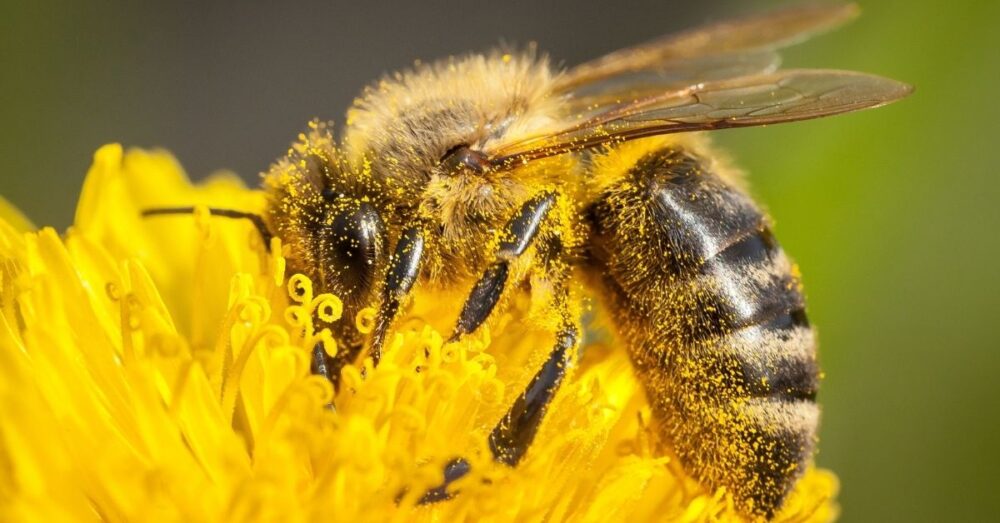(Texas Scorecard) – Texas has lost 61 percent of its honeybee colony population over the early spring and summer, a decline that reflects a similar trend across the U.S. This may have a national impact on food supplies.
In January, reports from U.S. beekeepers of high honeybee colony losses began to surface. The data collected showed not only the highest loss of bee colonies on record, but also, unlike most years, the high loss mostly affected commercial operations.
With losses stacking into the summer, data from Apiary Inspectors of America shows that more than 55 percent of U.S. bee colonies disappeared, equating to a national loss of 1.7 million colonies out of about 2.7 million colonies in America.
In economic terms, that meant an estimated loss of $600 million.
Data from the U.S. Department of Agriculture shows that Texas is home to nearly 271,000 of these colonies, ranking third in the nation.
The 2023 census released by the USDA, the most recent census taken, showed that bees produced nearly $514 million worth of honey nationally and added nearly $20 billion to national crop production through their work as pollinators.
Many crops in the U.S. are heavily or completely dependent on honeybees for pollination.
In Texas, honeybees pollinate nearly $587 million worth of crops, from cotton in the Panhandle to food crops in the Rio Grande Valley, requiring Texas’ 85,000 commercial hives and an additional 120,000 out-of-state hives to meet the state’s pollination needs.
After the reports of the high colony losses, researchers from the USDA discovered acute bee paralysis and high levels of deformed wing virus A and B. Both viruses, which cause paralysis or wing/abdominal deformities, can lead to death in the affected colonies.
These viruses are most commonly spread by the Varroa mite, an invasive species from Asia, that has caused more damage and economic loss than all other diseases that afflict bee colonies.
Researchers at the USDA also discovered that the Varroa mite found in affected colonies had developed a genetic resistance to amitraz, the miticide used to treat hives for Varroa mites.
This latest news about bees is part of a decades-long trend.
In an August 2025 online webinar, Dr. Garrett Slater, assistant professor in Texas A&M’s entomology department, explained that since 2005, beekeepers have experienced increasingly high losses.
“I know a lot of beekeepers are just really frustrated, and a lot of them do it for the primary form of income,” said Slater. “I hate seeing beekeepers have these losses year in, year out.”
As a researcher, Slater said he attempts to provide as many answers as possible about the reasons for the losses, but noted the lack of practical solutions.
“We as a research community and we as a beekeeping community just really haven’t done enough to really address these losses,” added Slater. “And in all reality, they’ve just become so normalized.”
Although the Varroa mite, which transmits viruses, appears to be a major factor in honeybee decline, Slater mentioned other contributors, including pesticide use, growing crops with poor nutritional value for bees (such as soybeans and corn), and the use of weak queens in colonies.
Many different approaches have been suggested to address these possible causes of decline, including creating new treatments to manage Varroa mites, mitigating bee colonies’ exposure to pesticides, improving habitat to improve nutrition, and developing mite-resistant bees.
No new data has been received yet to show if these death rate numbers in colonies have extended into the late summer and fall months.
Texans are welcome to share information or insights regarding how honeybee population losses are affecting their communities or agricultural operations by emailing [email protected].


